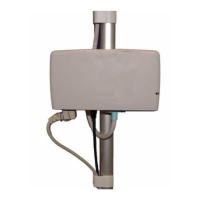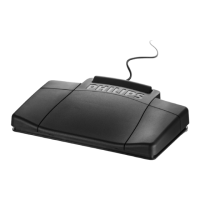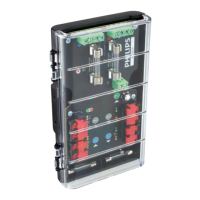How to switch on pressure measurement on Philips Control Unit?
- MMegan EnglishJul 30, 2025
If the Philips Control Unit displays 'switch on first', it means the pressure measurement is off. To turn it on, go to the Setup Pressure menu and select the pressure's label.






